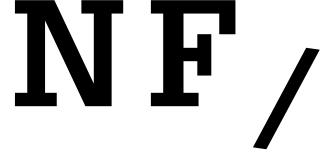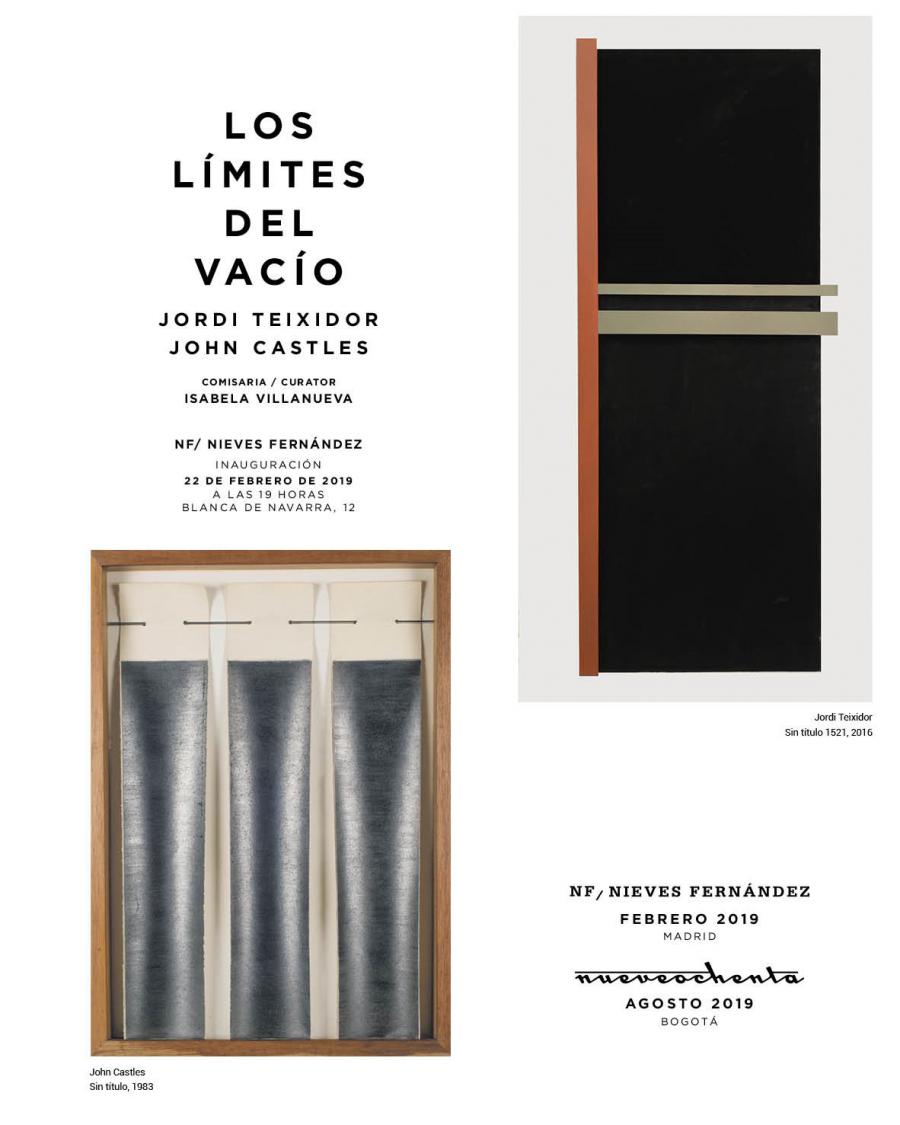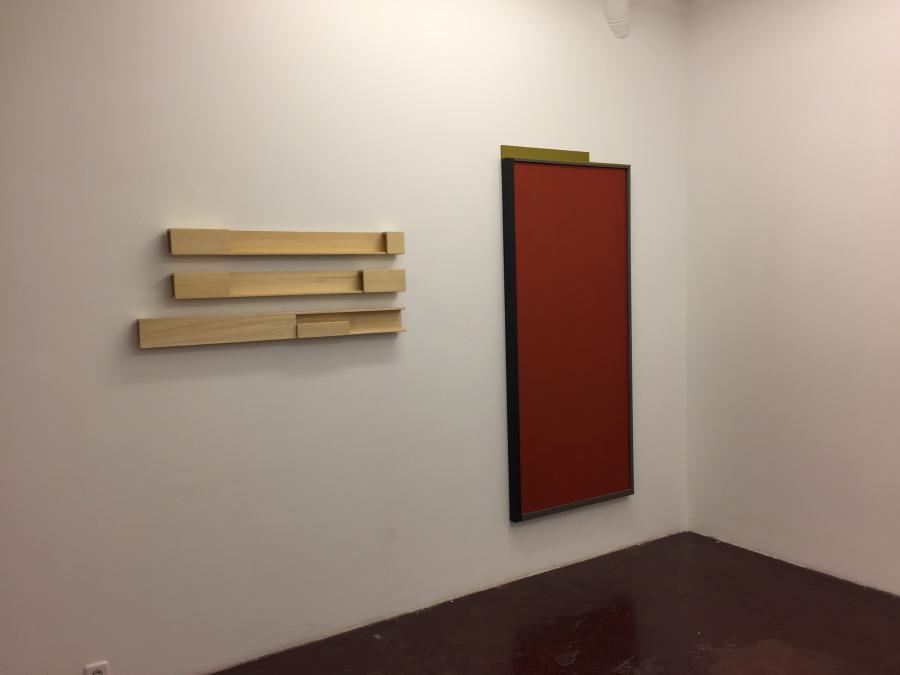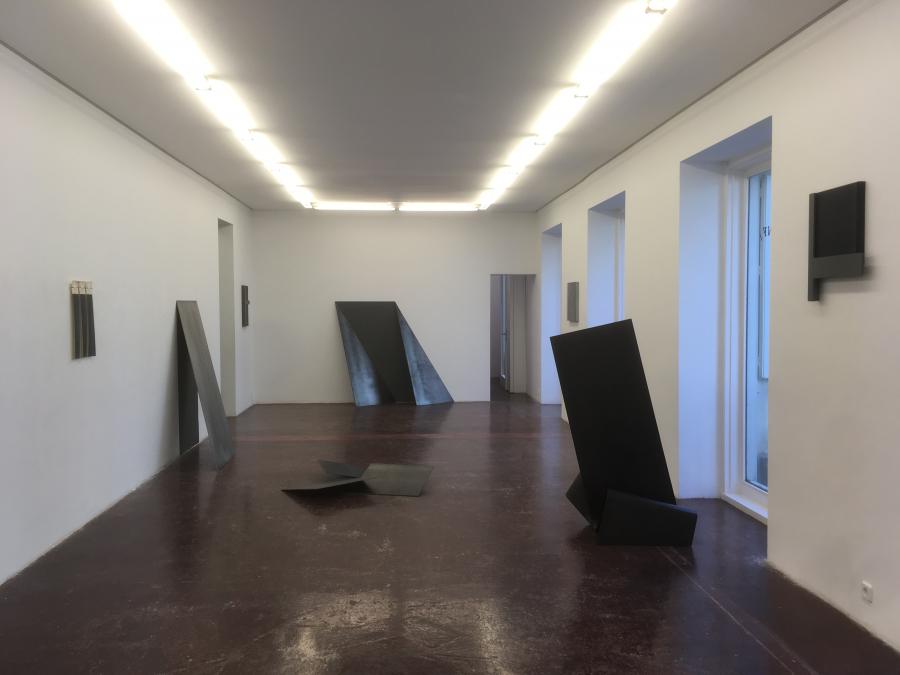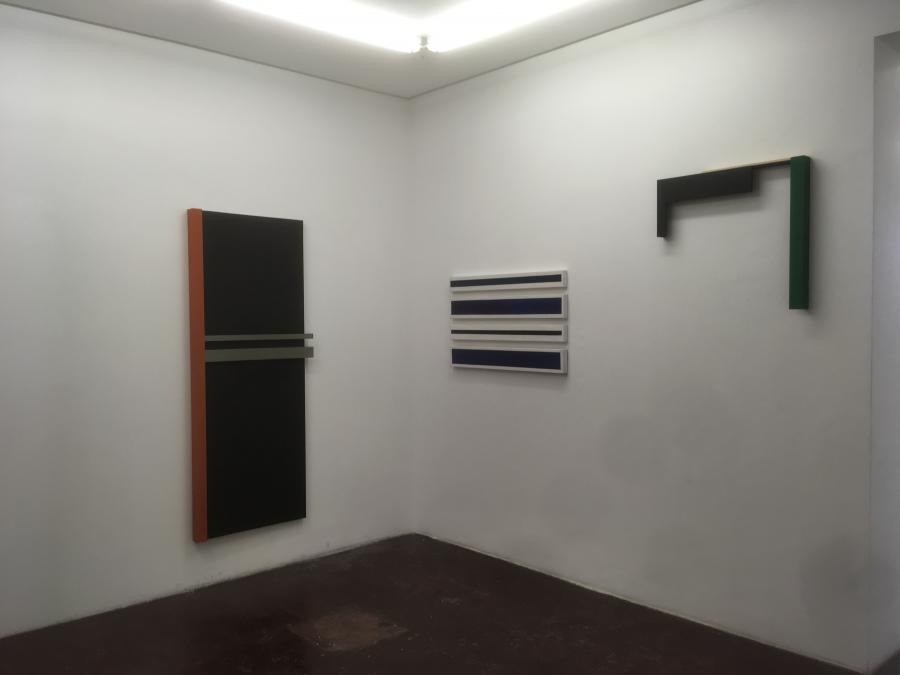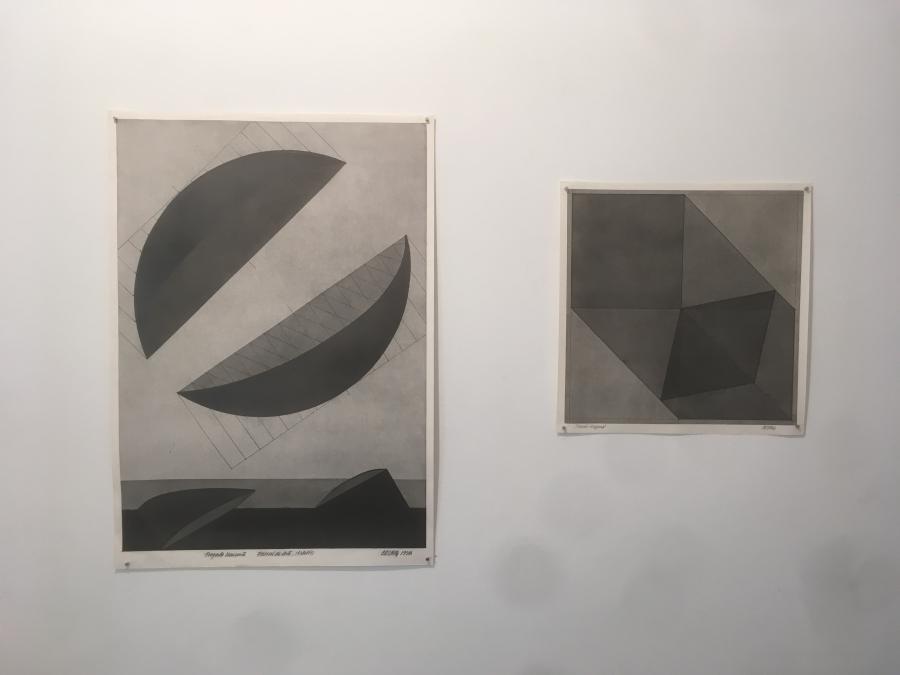Los límites del vacío. Jordi Teixidor y John Castles.
‘For him to whom emptiness is clear, Everything becomes clear.’
(Nāgārjuna, Mūlamadhyamakakārikā 69).
The idea of void as a field without form that at the same time is the source of all creation and is inseparably linked to all forms of creation is difficult to understand, and is a question that has arisen since ancient times and that both Oriental and Western civilizations have devoted themselves to analyzing.
Conceptually void is defined as ‘lack of content’ or as ‘non-existence, nullity’, while spatially it gains a different meaning than its dictionary definitions. Void in space is a ‘place’ incorporating activity. Therefore, this void created in form based on space indeed creates a ‘place’. Or from a different perspective, void itself shapes the form and this form shaped by void creates the space.
The conceptual phenomena that the void undertakes go well beyond formal classifications. Therefore, ‘void, space and form’ will incorporate such concepts as existence – non-existence, interior – exterior, place – placeless, conflicting – contradicting each other. For centuries philosophers have reflected on this, and artists have strived to create voids in space, and to do so they have relied on physical, environmental, conceptual and semantic factors among others.
In the twentieth century visual artists have faced the void as an intellectual exercise and as another spatial entity to work on, and a legion of great figures such as Kazimir Malévich, Alexander Calder, Yves Klein, Lucio Fontana, Eduardo Chillida and Barnett Newman amongst others pondered and investigated it.
For decades the Spanish painter Jordi Teixidor and the Colombian sculptor John Castles have continued with this exploration, from two distant countries and clearly using different mediums, as well as distinct approaches; both artists have shared a deep and enriching reasoning about empty elements and through their artworks are investigating the extended fields, the monumentality of the volume and the expansion of spaces.
The exhibition John Castles and Jordi Teixidor: the limits of the void is therefore a suggestive proposal, which is at the same time anthological and thematic and that relates two different corpus of work that, when coinciding in the rooms of NF/NIEVES FERNANDEZ and NUEVEOCHENTA following the same conceptual coordinates, is revealing because it shows that two artists – despite their remoteness and lack of contact until a few months ago – converge in the investigation of the idea of the limit as a basis to conceive, approach and work on the void.
Jordi Teixidor was born in Valencia, Spain in 1941, studied Fine Arts and devoted himself to exploring chromatic uniformity and abstract painting since the beginning of his career in the sixties. His works are aesthetically reductionist and of a limited chromatic range (with a marked predilection for black in recent years). The artist avoids the spectacle and emotion, and rather aspires that the viewer enters a meditative contemplation where she/he questions and expands the limits of her/his perception.
John Castles was born in Barranquilla, Colombia in 1946, studied architecture but left this studies to devote himself to sculpture. From the beginning he dedicated himself to abstraction, always using construction materials but showing favoritism for iron, his works intend to unfold the form and the matter; he first achieved this with more geometric and rigid pieces, which over the years changed onto more flexible and undulating works. Castles always challenges the gravitational field, explores the presence of the void and seeks to transform the interior space of each work and the area that surrounds it.
In the work of John Castles and Jordi Teixidor you can talk about coincidences and points of contact: both tend to a simple execution, to the reductionism of forms and bring to their maximum expression the simplest elements. The two artists seek to order proportions, present a concern for balance and demonstrate a marked interest in architecture – which is denoted in the investigation of physical reality and in the emphasis on spatial effects. The exhibited works of Teixidor and Castles coincide in the investigation of volumes, the examination of the presence and above all the search for another reality. Teixidor and Castles demonstrate that they have managed to challenge the ‘limits’ of the vacuum by revealing the capacity of the artwork to generate spaces and create places.
Curator: Isabela Villanueva
